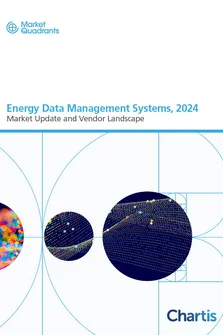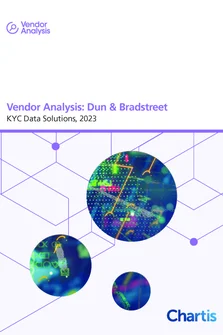<p>The all too sudden emergence of the financial crisis and its major impact on the financial industry have led to a belated recognition of the importance of risk intelligence for banks. Financial institutions now have a heightened awareness of the importance of enterprise-wide risk and rapid risk updates. Banks now need to know how intradaytrading is affecting their position and how their risk exposure is changing on a real-time basis.</p>
<p>The key to maintaining a real-time, enterprise-wide view of risk factors is maintaining a quick and reliable flow of information throughout the business. The impact of individual trades must be apparent to the relevant stakeholders at every level of the bank, both front office and back office, so that risk can be monitored and adjustments to models, scenarios, and limits can be made.</p>
<p>The provision of reliable risk intelligence is therefore based on the availability of reliable and accurate data. For a bank to have a reliable and valuable overview of enterprise-wide risk, it must be able to draw data in different formats together from across the bank. This is a far from simple task - banks must now deal with a higher volume and variety of data at a higher velocity. This requires a robust data management and reporting solution that can integrate data from separate areas of the business at speed.</p>
<p>Building a risk intelligence tool appropriate for a contemporary bank's needs (i.e. real-time adjustments, high data volumes, and predictive capabilities) requires the development of appropriate systems in the bank, as well as investment in the required technology. An advanced risk-intelligence system will allow banks to incorporate risk analysis into value calculations in real time and will allow the bank to react to market events as quickly as possible.</p>
<p>However, for banks to achieve this level of sophistication in risk management, a commitment to improved systems and technology must be made. In particular, there are five key enablers that allow banks to transition to modern risk intelligence:</p>
<p>• The breakdown of silos<br />
• The aggregation of risk data<br />
• The implementation of advanced analytics<br />
• Improved and increased stress testing and scenario modeling<br />
• Real-time risk insight</p>
<p>The introduction of in-memory analytics will be an especially novel and important step for many banks. It is the key technological change that will allow real-time risk insight. Previously, the use of static central data warehouses and relational databases limited risk management to slow and reactive risk analysis, and most commonly meant batch end-of-day calculations. In-memory analytics facilitates the bypassing of central databases and allows risk data to be embedded throughout the business. This allows for faster and improved risk analysis.</p>
<p>Chartis' research shows that many banks have a long way to go to achieve advanced risk intelligence, but also that such steps are more vital than ever. This report highlights some of the key trends in risk intelligence and describes leading practices and case studies from Quartet FS.</p>
<p> </p>
Only users who have a paid subscription or are part of a corporate subscription are able to print or copy content.
To access these options, along with all other subscription benefits, please contact info@risk.net or view our subscription options here: http://subscriptions.risk.net/subscribe
You are currently unable to print this content. Please contact info@chartis-research.com to find out more.
You are currently unable to copy this content. Please contact info@chartis-research.com to find out more.
Copyright Infopro Digital Limited. All rights reserved.
You may share this content using our article tools. Printing this content is for the sole use of the Authorised User (named subscriber), as outlined in our terms and conditions - https://www.infopro-insight.com/terms-conditions/insight-subscriptions/
If you would like to purchase additional rights please email info@chartis-research.com
Copyright Infopro Digital Limited. All rights reserved.
You may share this content using our article tools. Copying this content is for the sole use of the Authorised User (named subscriber), as outlined in our terms and conditions - https://www.infopro-insight.com/terms-conditions/insight-subscriptions/
If you would like to purchase additional rights please email info@chartis-research.com


